While considering the various existing Neptune-class cruiser designs at the end of the WWII, the Directorate of Naval Construction of the British Admiralty came to the conclusion that the firepower of 114 mm guns used as the ship's dual-purpose artillery was obviously not enough, and that new cruisers should be designed to carry 152 mm dual-purpose guns.
Six-barreled Bofors mounts were considered for the AA artillery, but the Naval Ordnance Department insisted on increasing the small caliber artillery to 76 mm. The reason behind this was a gradual increase in both the weight of potential enemy aircraft, as well as their speed. Another reason was the assumption that their potential enemy could have anti-ship missiles within their arsenal. Larger dimensions of artillery mounts led to an excessive increase of the standard water displacement of the designed cruiser, reaching 15,500 tons with a ship length of 174 meters.
As an alternative, by 1947, the Minotaur-class cruiser project was created. The underlying idea was to create a ship that could be on par with cruiser Worcester, built on the basis of American technology and armament systems. However, it turned out that Minotaur's 152 mm guns were not compatible with US ammunition, and its 76 mm twin gun mount could not be installed in place of the British mount that weighed in at 35 tons. Besides that, it was equipped with an automatic ammunition supply mechanism from the under-turret compartment, while the American mount weighed just 14 tons but was unequipped with a similar automation device. The British mount’s rate of fire was double that of the US version. Just as its US counterpart, the ship was primarily designed to counter enemy aviation and repel attacks from enemy light forces. The ship’s crew was planned to be 1,030 persons. In contrast to Worcester, the ship carried torpedo launchers, but lacked aviation armament.
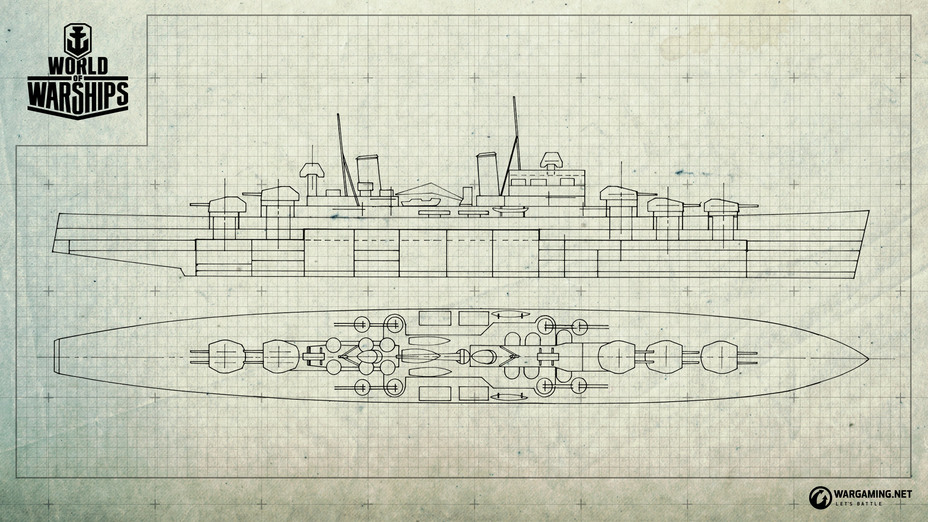
The final design of the cruiser increased belt armor thickness from 89 to 102 mm. In addition to that, the main battery magazines were protected with 32 mm «armor boxes», a feature typical to British cruisers. The armor above the propulsion was as thick as 32 mm, going up to 51 mm above the main battery magazines. Besides that, just under the main armor deck of the magazines there was 19 mm thick splinterproof plating. The fore-end transverse armor bulkheads were reinforced to become 127 mm, even thicker than the armor belt, while the aft transverse armor bulkheads had the same thickness as the belt armor, at 102 mm. The propulsion unit was separated from the main battery magazines with the help of 32 mm transversal bulkheads. It also had internal bulkheads of similar thickness, dividing it into compartments with the design intention to improve the survivability of the propulsion if hit by an enemy torpedo. The barbettes of the main battery turrets were protected with differentiated armor ranging from 32 to 51 mm, while the compartment housing the steering gears was reliably protected with the help of 90 mm armor deck, 127 mm armor belt, and transverse bulkheads with thickness that ranged between 127 mm to 81 mm. The result was a cruiser that outmatched Worcester in terms of armament, but with inferior armor protection. The underlying concept did not result in armor protection capable of withstanding shell hits from ships of the same type, but it did provide good protection for withstanding the close explosions of bombs.
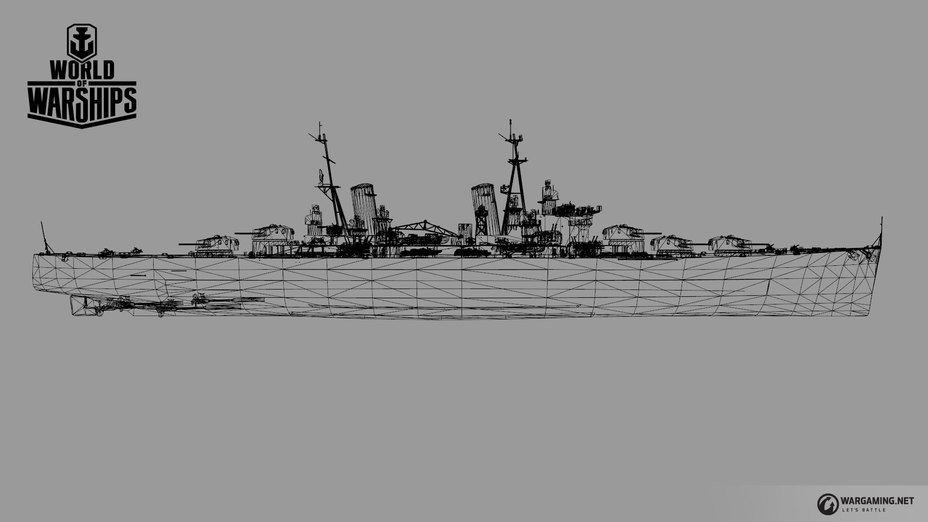
The engineers started to design the main battery artillery during World War II, completing the design stage only by 1949. It was the first time that 152 mm gun mounts had been equipped with a separate-case loading system, instead of the conventional separate loading system. Within the previously used separate loading system, the charge was loaded into the gun in silk powder bags or powder containers, while under the new system the charge was placed in a metal case, helping to improve the rate of fire. During further development of the mount, a lot of issues occurred relating to the hydraulic drive units, which were the basis for the turret operation automation and ammunition supply control. Afterwards this mount was used on the Tiger-class cruisers that were completed by the early 1960's.
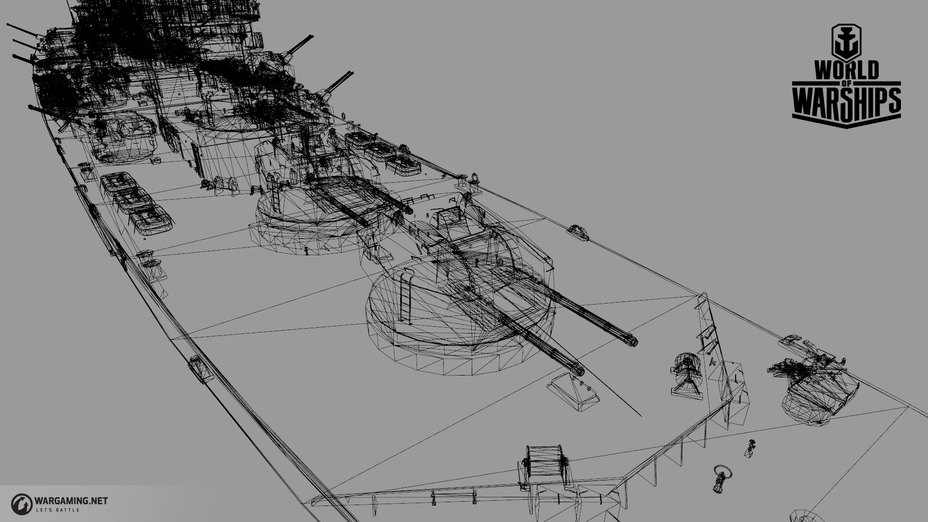
Several variations of the ship’s design were developed, with each of them differing from one another in terms of water displacement and dimensions.
Design Description
Displacement
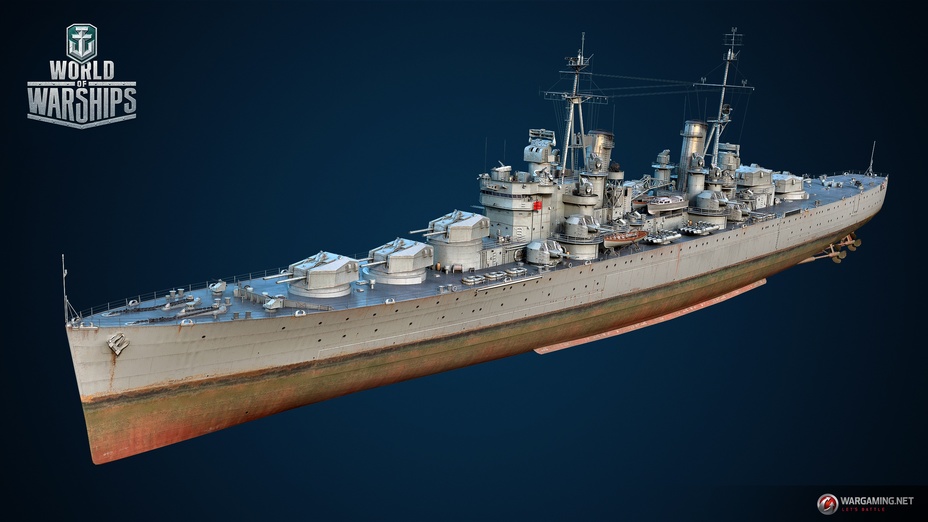
The standard water displacement was planned to be 13,870 tons, but increased to 14,228 tons due to armor reinforcement. Maximum displacement was supposed to be 16,760 tons. Our analysis showed that the sketch design developed at that time was of very high quality, with present-day calculations indicating that the maximum displacement would have been 16,977 tons.
Propulsion and Speed Performance
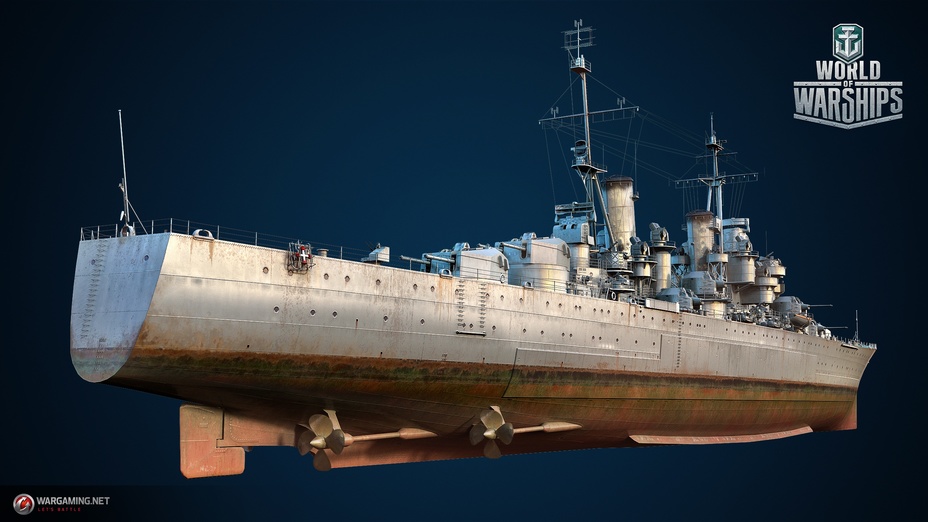
The ship’s propulsion was designed with power capacity of 110,000 hp, allowing the ship to run at a maximum speed of 31,5 knots. It comprised four boilers and four geared-turbine units that set the four propeller shafts in motion.
Main Battery
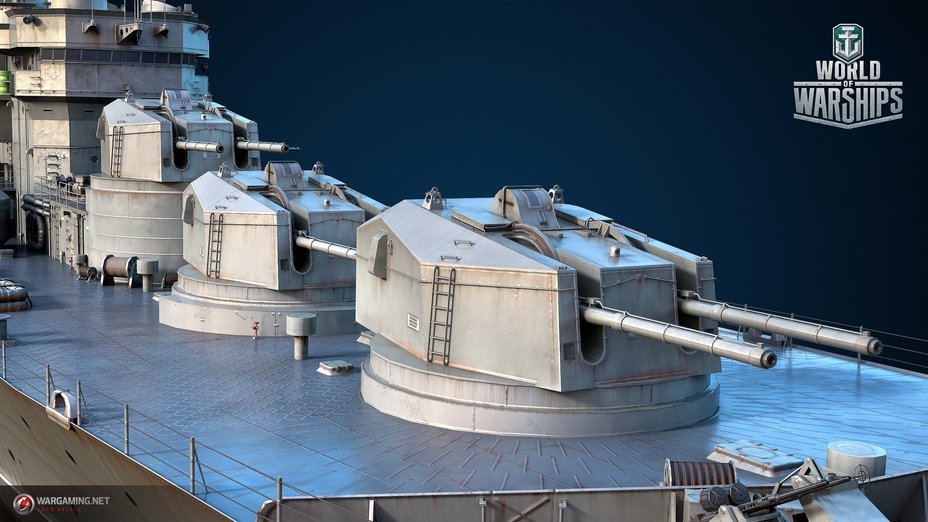
Comprising of ten 6 inch (152 mm)/50 QF Mark V dual-purpose guns, placed in Mk 26 twin gun mounts. The mount weighed 156 tons, with a rate of fire that varied from 15 to 20 shots per minute, with a firing range of 22.8 km for an armor piercing shell, and a barrel life of 1,400 shots. The reloading speed of these guns was 3 seconds, with a muzzle velocity for shells of 805 m/s, and each shell's weight at 58.85 kg. Each gun could be aimed with the help of a hydraulic drive unit.
Dual-purpose Artillery
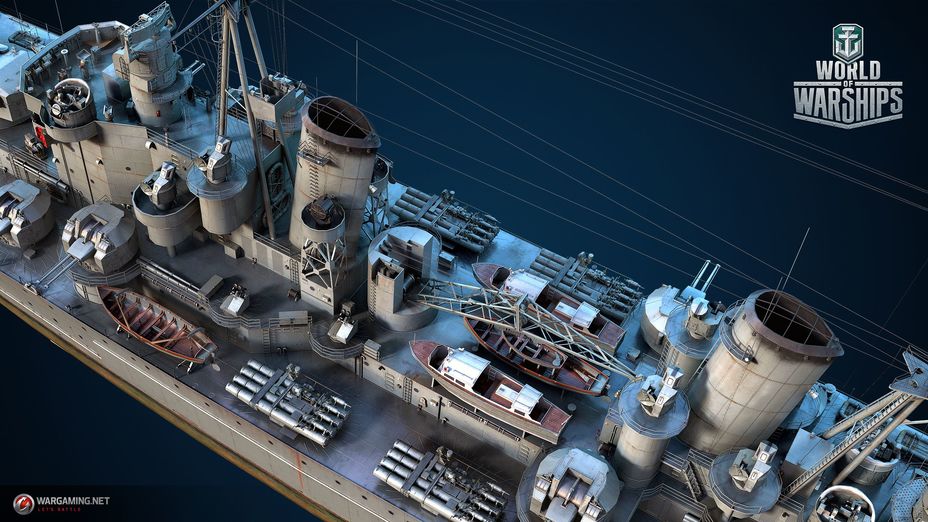
Consisting of sixteen QF 3in (76 mm) Mark VI guns, placed in eight twin mounts, each equipped with an automatic loading mechanism. The rate of fire was 90 shots per minute, with a muzzle velocity of 1,036 m/s. The firing range at the 45˚ inclination angle reached 17.8 km, and 11.6 km at the 90˚ inclination angle.
There were plans to lay down a pair of these cruisers each year between 1951 and 1953 (six ships in total), with each pair of ships taking 3 years to build. However, these plans never materialized due to a lack of budget funds and a shift in the U.K.'s naval construction priorities in favor of aircraft carriers, as well as anti-submarine warfare forces and equipment.






